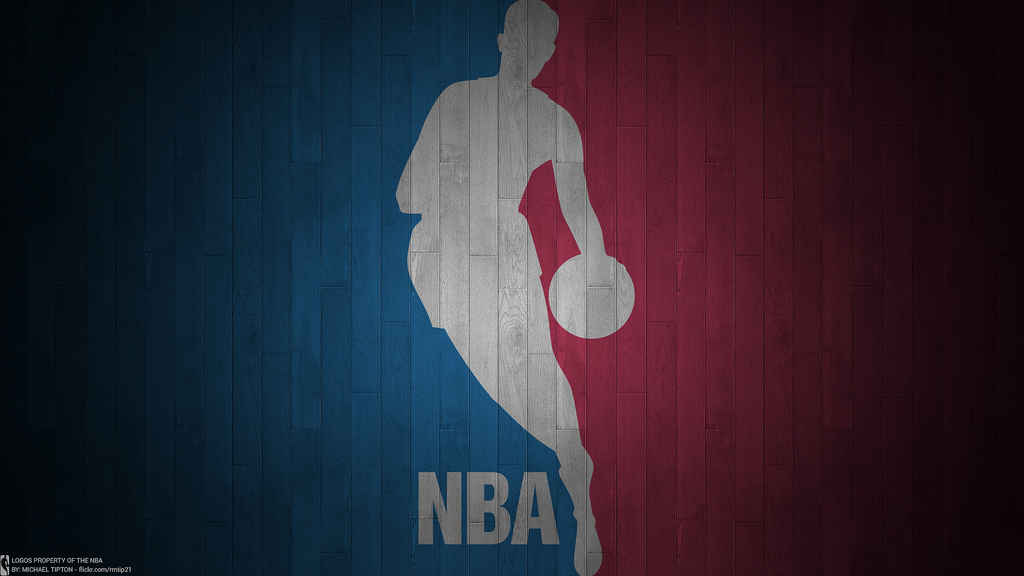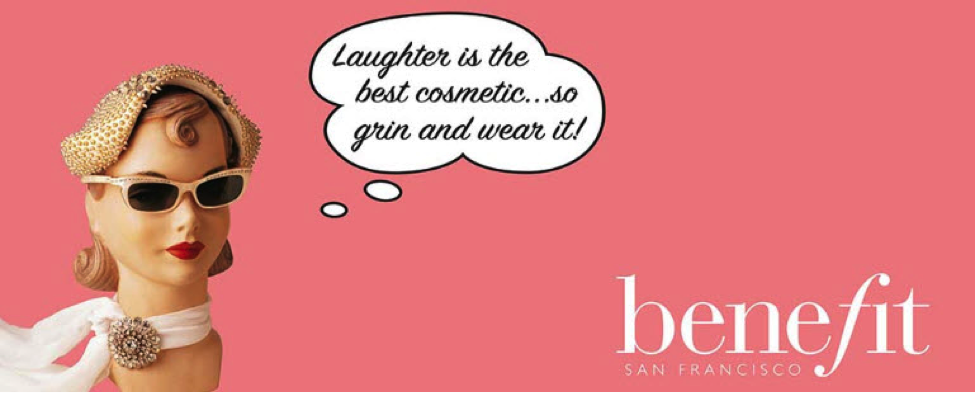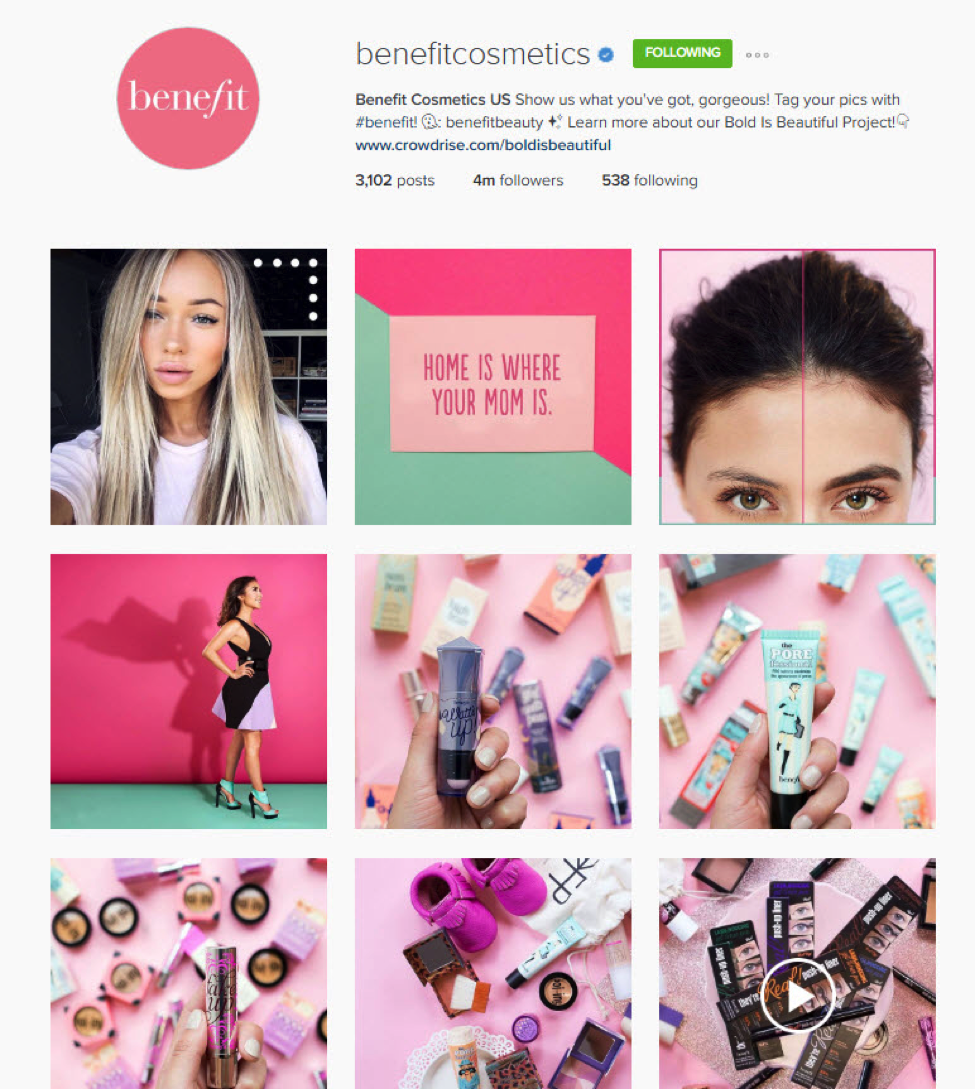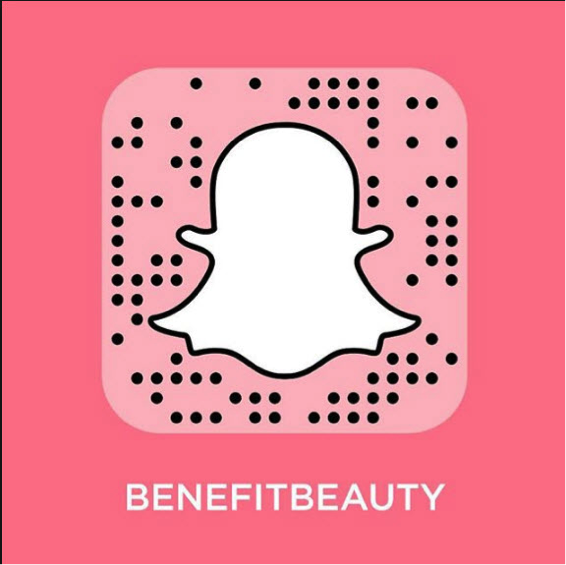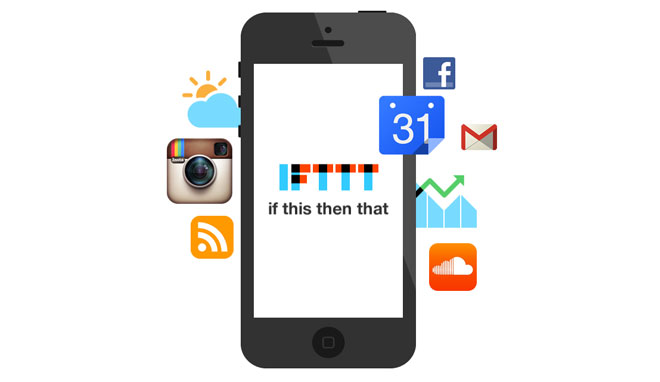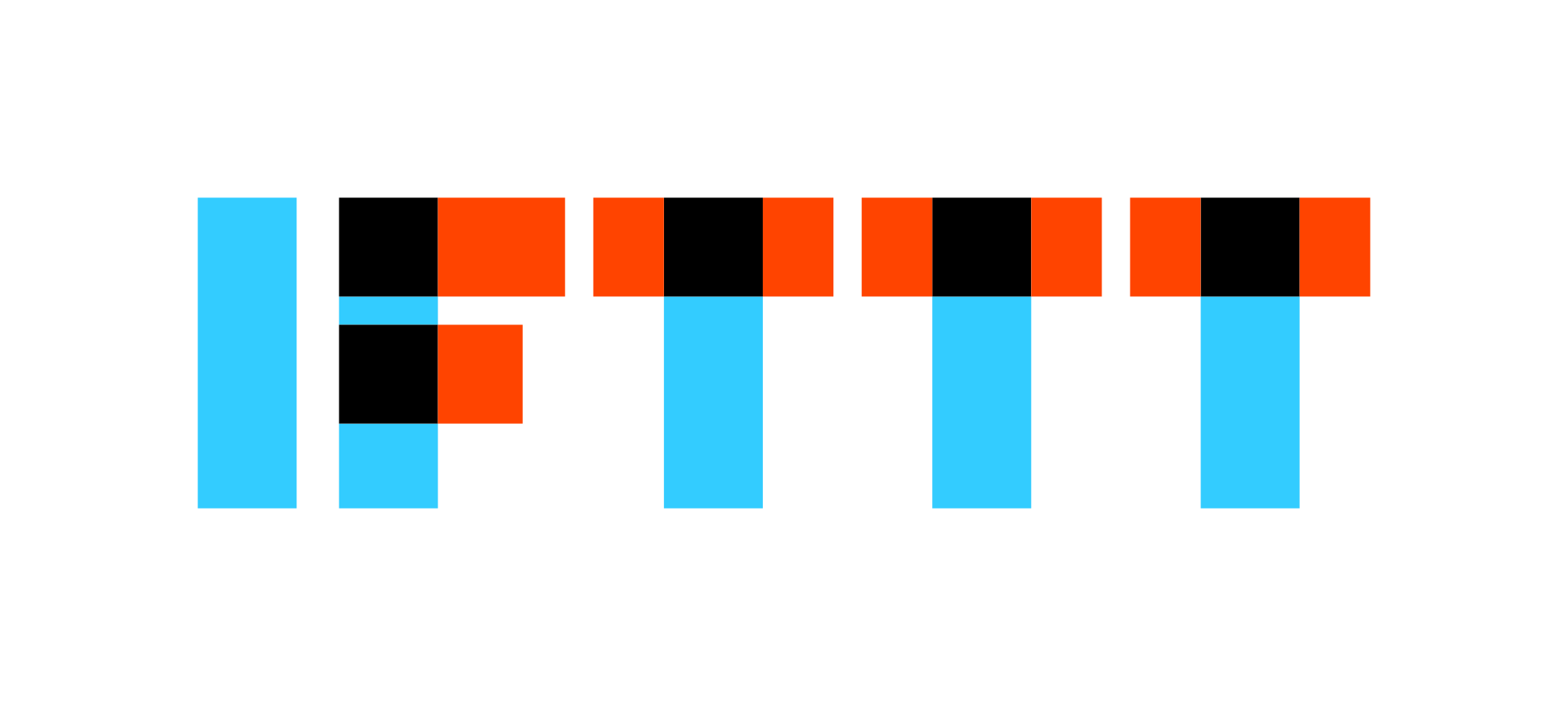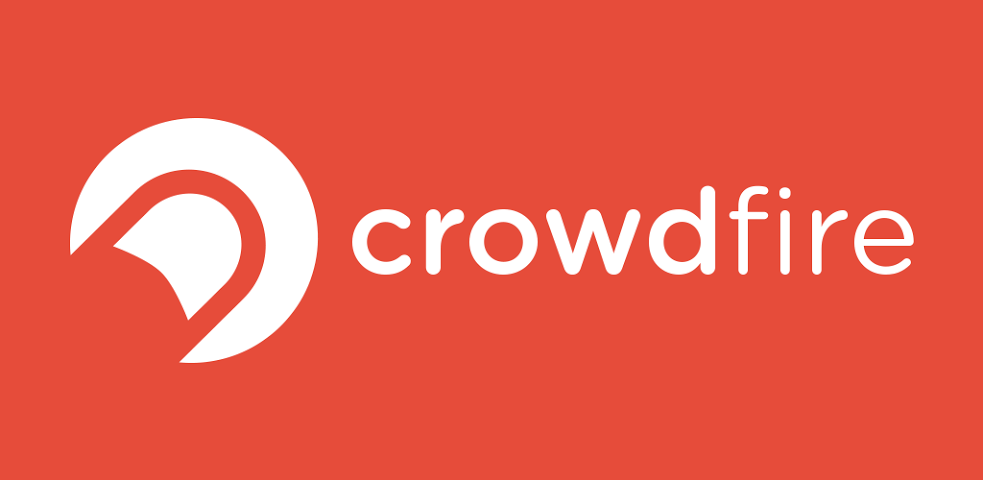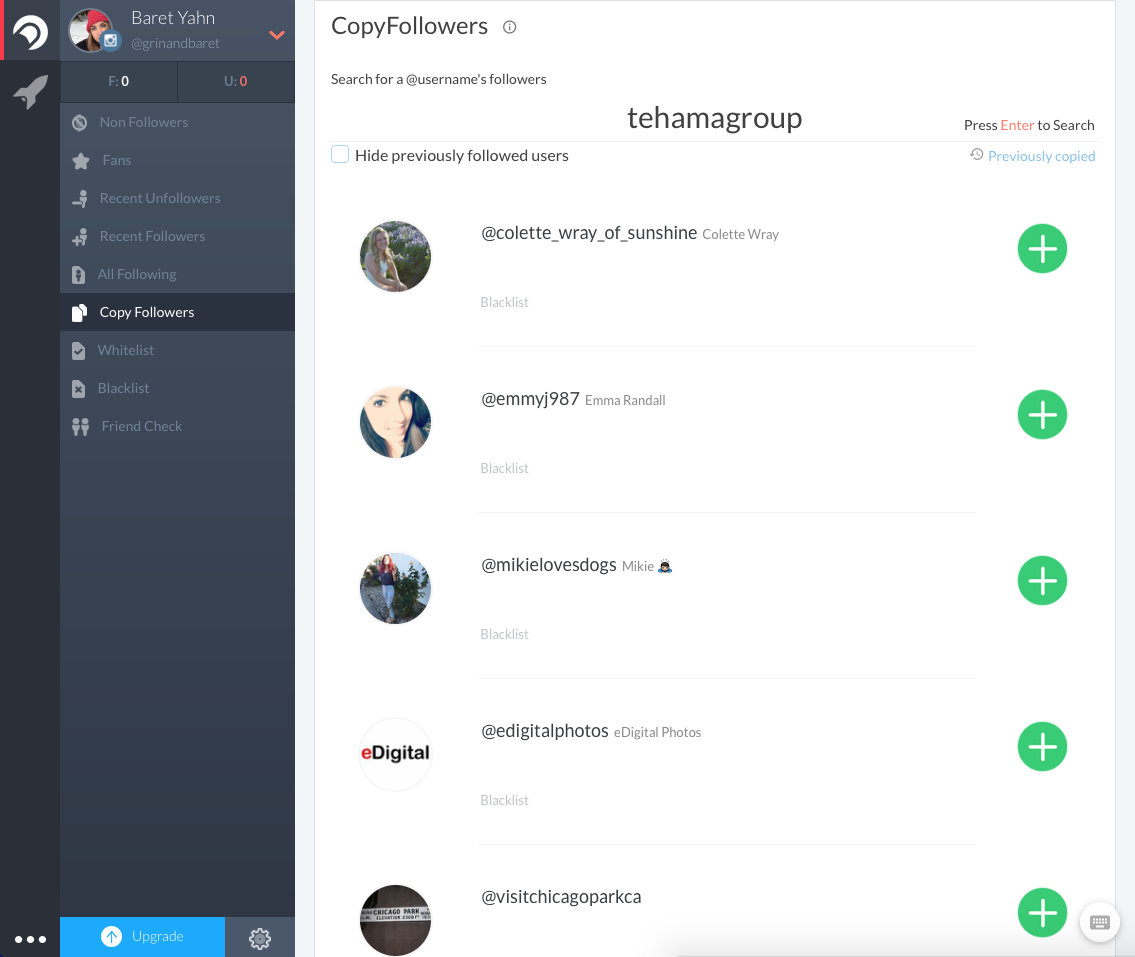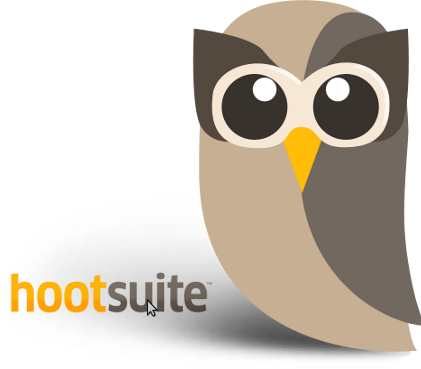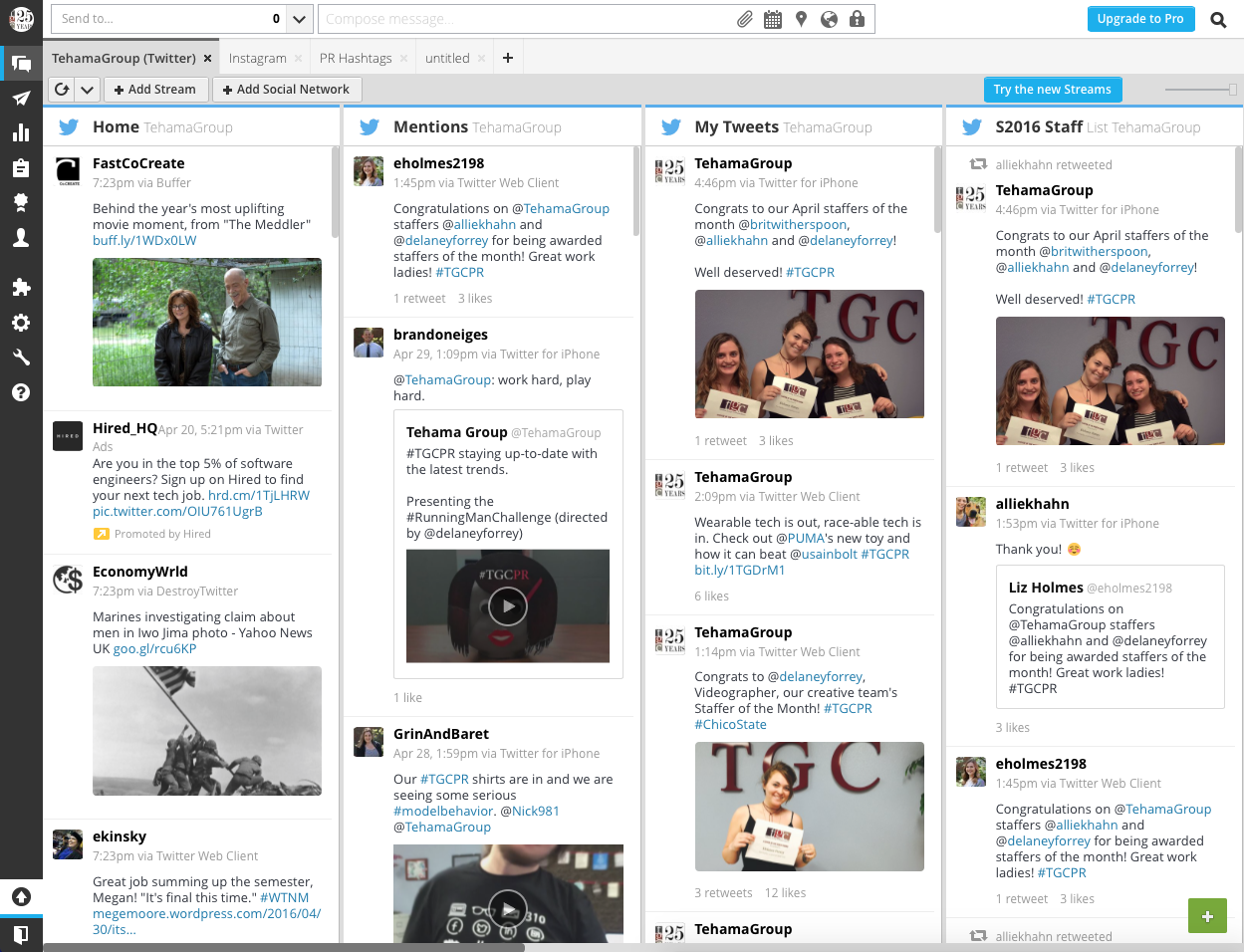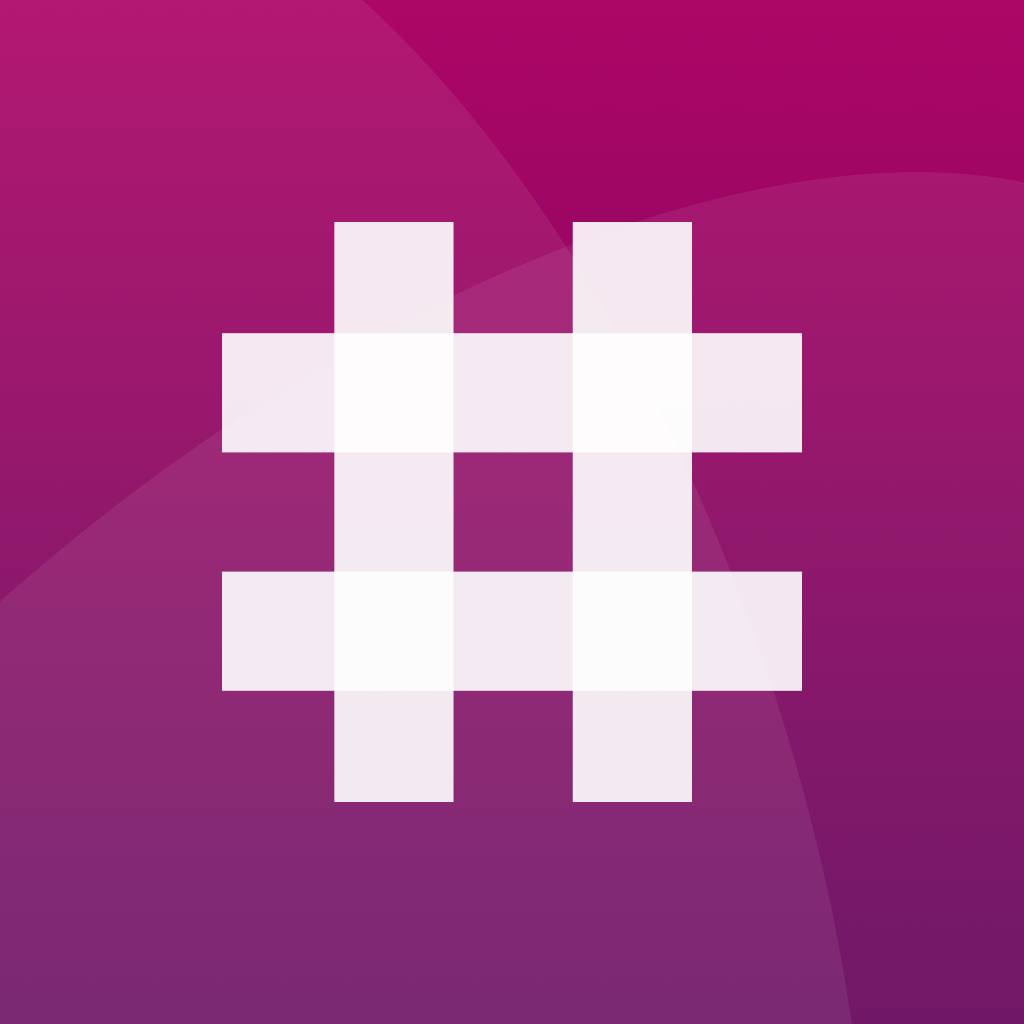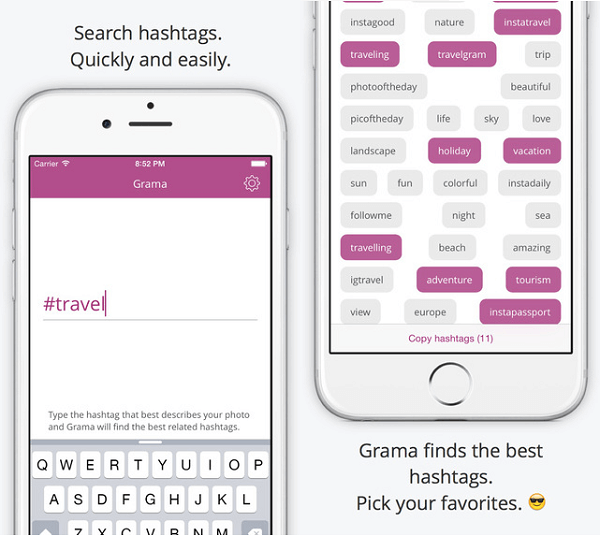The past year’s election stirred up a lot of negative attention towards immigration in the United States. However, if it was not for the hard work and talent of many immigrants this country would not have half of the things it does now.
Based on an article from Business Insider, here are some examples of how immigrants have impacted America:
- Sergey Brin, co-founder of Google, was born in Moscow, Russia, and emigrated here when he was 6 years old. Brin has an estimated worth of $24.4 billion.
- Do Won Chang, co-founder and CEO of Forever 21, moved here with his wife from Korea in 1981. Before Forever 21, Do Won worked as a janitor and gas station attendant. Forever 21 is now an international, 480-store empire, that brings in around $3 billion in sales a year.
- Shahid Khan, owner of the Jacksonville Jaguars, Fulham F.C. and Flex-N-Gate, moved to the U.S. from Pakistan and worked as a dishwasher while attending the University of Illinois. Khan is the richest American of Pakistani origin and one of the richest people in the world.
- Elon Musk, CEO of SpaceX and Tesla Motors and founder of PayPal. Grew up in Pretoria, South Africa and became an American citizen in 2002. Musk has an estimated net worth of $6.7 billion.
- Jerry Yang, founder of Yahoo, was born in Taipei, Taiwan. He moved to America when he was 8 years old, while only knowing one word of English. Yang has an estimated net worth of $1.15 billion.
Millions of people come to this country with hardly anything to offer, but they work hard to achieve the “American Dream.” The people mentioned above make me proud to have such a diverse and successful country, but unfortunately not everyone sees it that way.
The DACA program has been rolled back by Trump, which has directly impacted around 1.8 million DREAMers. People under the DACA program will no longer be able to renew their licenses to work legally in the U.S., which blocks them from being successful and contributing to this country. As a nation founded and built off of immigrants, I find this a little hypocritical.
Earlier this year, the Delta Iota chapter of Sigma Kappa at Chico State, was notified by our president that a fellow Sigma Kappa sister from MIT was blocked from getting back to school due to the travel ban. After hearing about something so disheartening, I began to feel embarrassed for our country.
Niki Mossafer Rahmati is a mechanical engineering major at MIT and served as the executive vice president for the Theta Lambda chapter last year at MIT. Originally from Iran, Niki holds a multiple entry student visa so she could go to school.
She is a hardworking students who is a member of a nationally recognized organization, and yet her origin was the ONLY thing that mattered when she was blocked from getting on a Boston bound flight.
Niki’s story is just one of hundreds that go unrecognized everyday. Hopefully this country can come together and take pride in our diversity, sooner rather than later. I mean, in all reality what would this country really be without immigrants?



